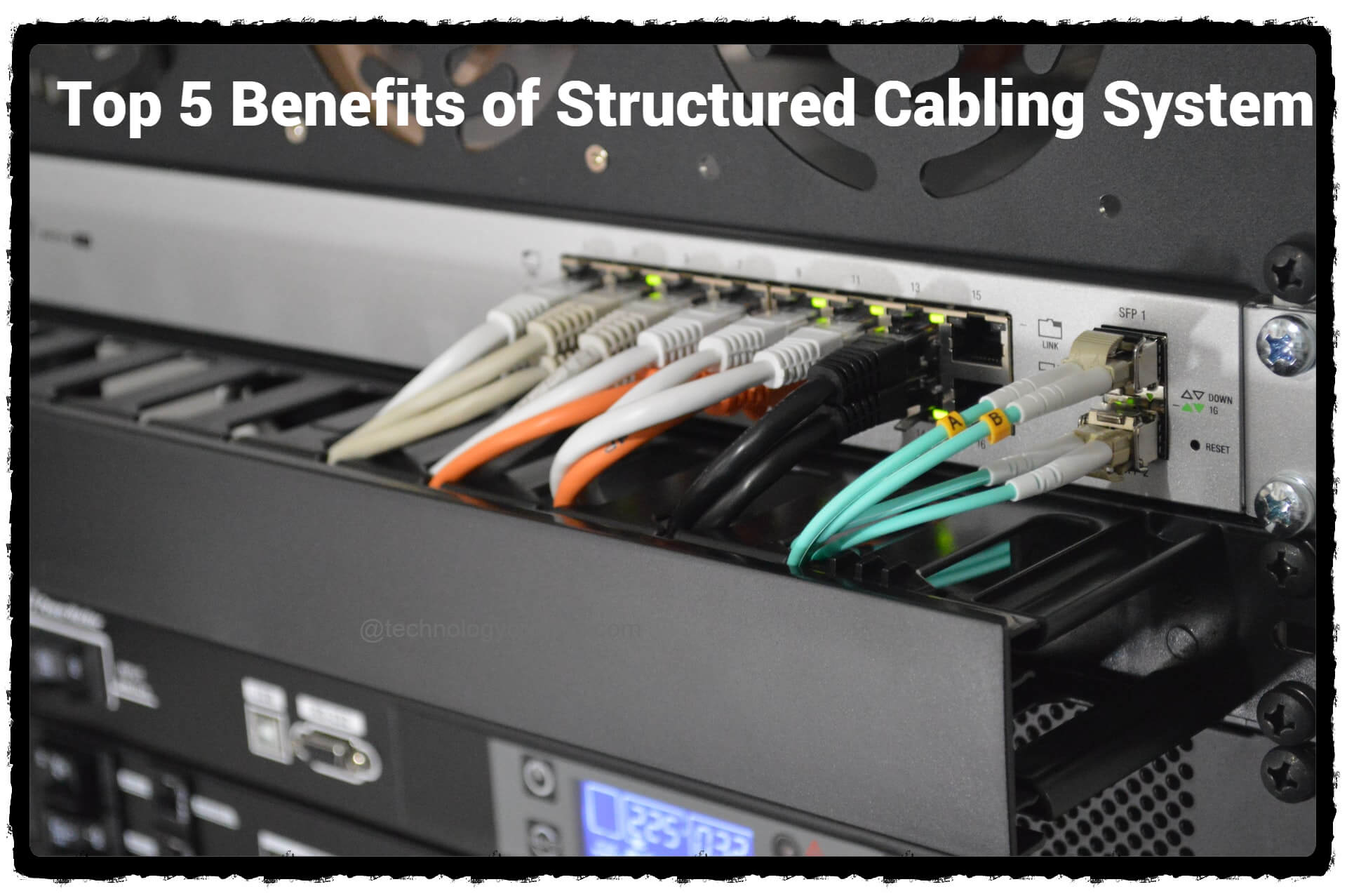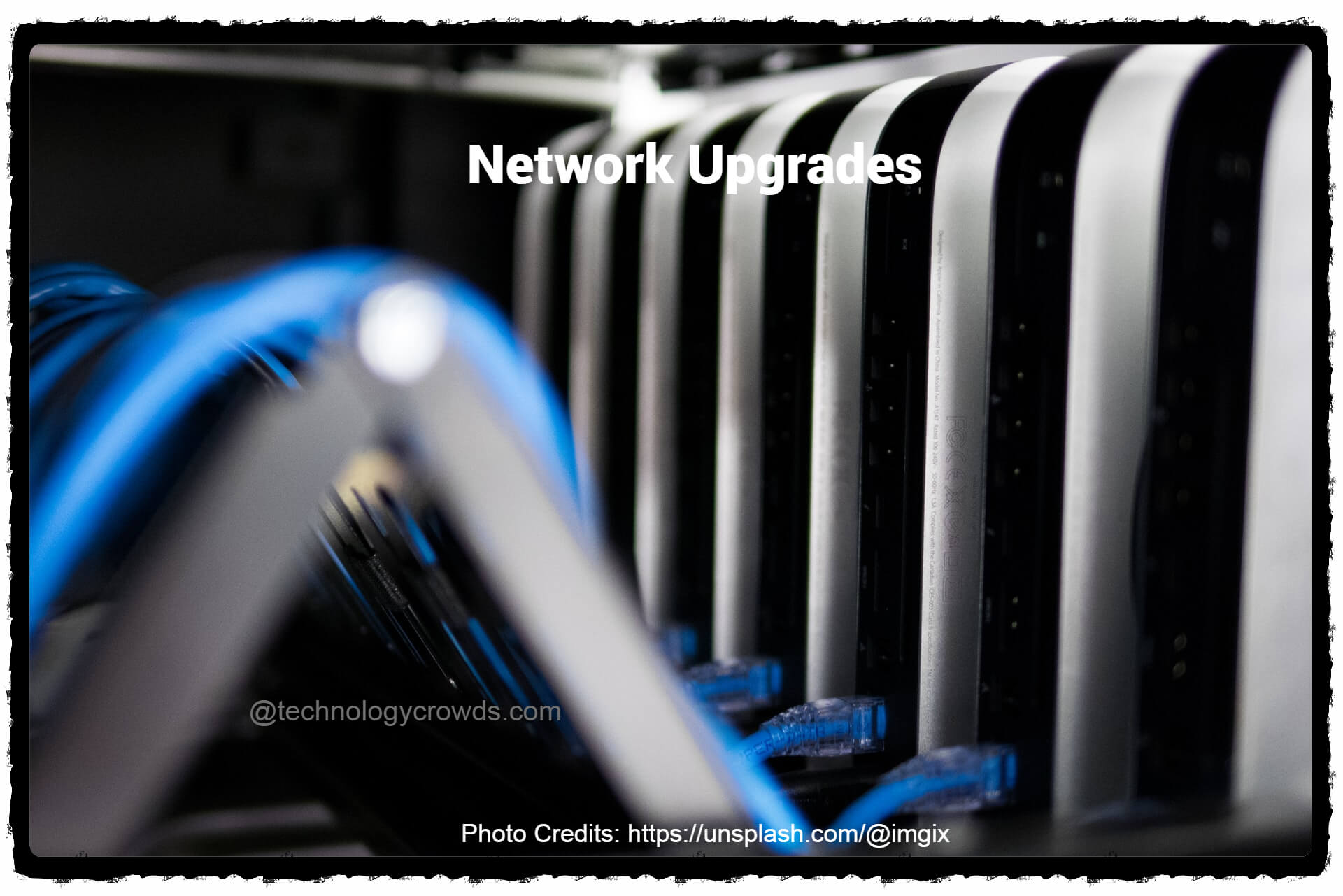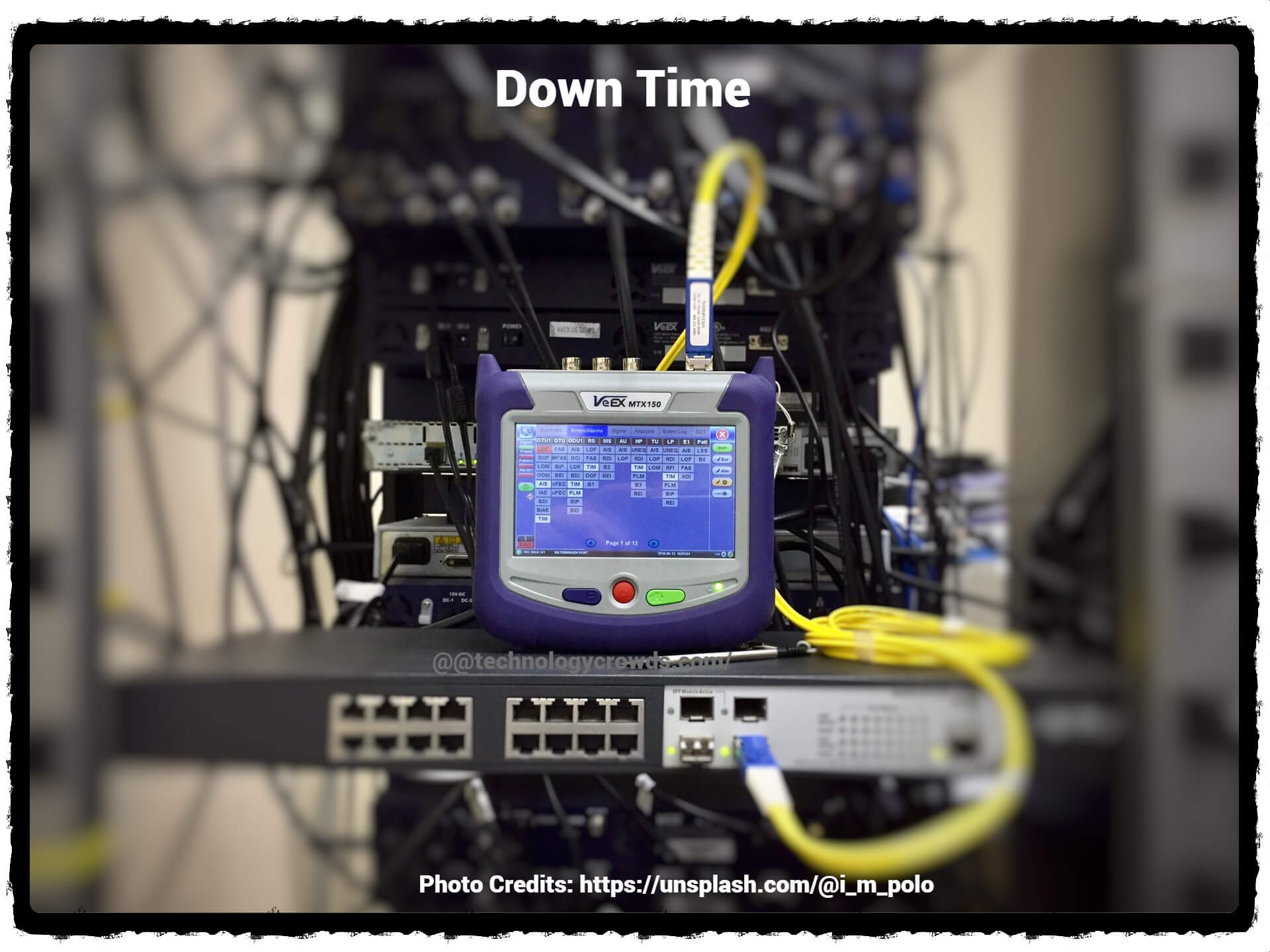 |
| Image Credits: Thomson Jensen |
Introduction
Structured Cabling has many advantages but with a significant amount of data and its wireless transmission done using the internet, you will need some guidance before setting up your own structured cabling system. First of all, let us start by knowing what a structured cable design enables us to achieve.
A structured cabling design provides your company with a robust and all-inclusive telecommunication infrastructure using which you can securely transmit data, voice, video, or other business-related data easily over the entire organization. You can also do the same thing with wireless networks but there the latency will be much higher than a wired network cabling structure. Latency is the time delay induced due to network transmission. Here is an awesome digital marketplace that can help your company-Gartner Digital Marketplace.
Also, remember a wired cabling infrastructure setup means you will have much more control over it than a wireless network. For example- a wireless network needs to cover a lot of walls and other obstacles and then reach your desired point. A wired network also has to cover obstacles but due to optical fiber glass-based technology usage, the network data packet loss is lesser than wireless network infrastructure. On a side note if you are on the read more about upcoming 5G Monetization solutions then read here.
Relevant Reading:
- How to export Exchange Server Mailbox to PST
- What are new in TLS 1.3 (Transport Layer Security)
- Why There Is A Need Of Content Security Policy (CSP)?
Let us now see the top 8 benefits of using a cabling infrastructure for network requirements:
1) Network Management
As pointed above a wired cabling infrastructure allows you a greater degree of control over your own network. It is very effortless to use and extremely efficient when you are trying to send a large packet of data since the packet loss is very less in the case of wired networks. So you can, given other factors remain constant technically, use a wired network cabling infrastructure year after year without incurring any significant maintenance cost. You will have to incur some minor routine checkup costs but that is not something that is going to put a dent in your quarterly profits.2) Versatility
Generally, structured cabling systems are made for them working in varying conditions and challenges. You can trust the structured cabling system to adapt and support your network capabilities in extreme and tough situations without any damage to the data. For example- during the covid-19 pandemic many businesses had to resort to video conferencing and other tools to conduct client meetings and presentations. It is times like these where a structured cabling system can easily pick up the additional load without breaking down the entire network.3) Network Upgrades
Each day internet technology is changing. Just think of 10 years back when we all used to use dial-up modems or ADSL networks to power our network. Do you use them now for office purposes? NO. Why? Because there is now a lot better technology available. Using a structured cable infrastructure your company could save up a lot of money during telecommunication up-gradation times. You can continue to use the same structured network cables with little to no modifications and save money too.4) Down-Time
Most problems in your network infrastructure can be solved in half the time if only the engineers could pinpoint the source of the problem. A solid cabling infrastructure can help your team do just that. Using this they can accurately pinpoint the source of the problem and start working towards eliminating it. Disorderly cabling infrastructure systems can only add to confusion and mistakes in the long run so when the network goes down the engineers would have to search manually for each cable box and then fix the issue. By using a structured cabling system they could save up a lot of time and hence bring the network back up in minimal time.5) Scalability
Modern Structured cabling systems are much cleaner looking and more valuable than previously. You should think of a structured cabling system as a one-time investment as you will gain in a big way over the course of its operation. For example- nobody could predict such a pandemic, so how to manage one nobody could figure out. A lot of Voice over Internet protocol (VoIP) calls, video conferencing, big webinars were suddenly the only way to communicate business ideas with the world.So for special needs like these and in the future when there is a sudden demand for network bandwidth structured cabling systems can be scaled to work and handle these additional loads at a minimal cost.
Conclusion
For a growing organizational network, a structured cabling infrastructure is a critical tool. It is efficient, fast, scalable, and versatile for any type of company. The initial set-up cost might be high but you can recover the cost by using the various benefits provided by it over its lifespan.




Post A Comment:
0 comments: